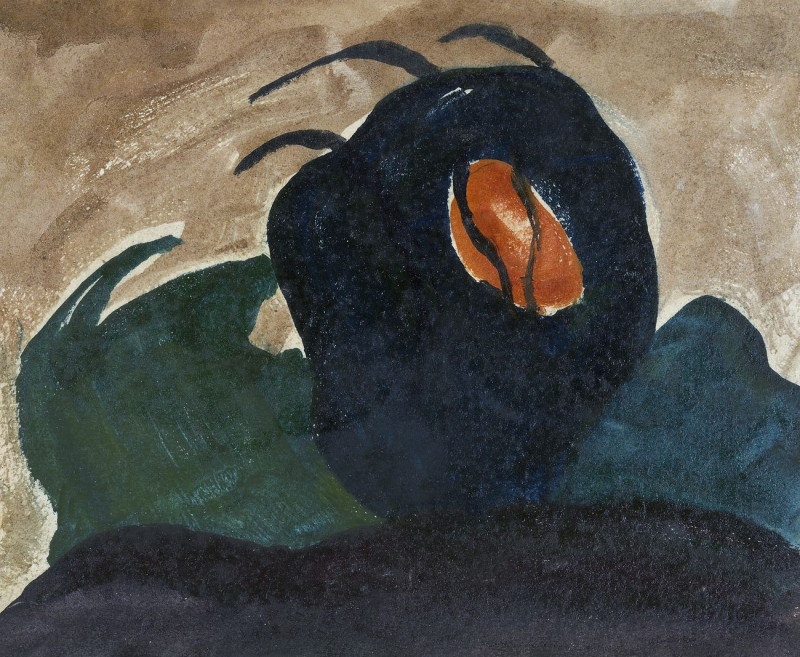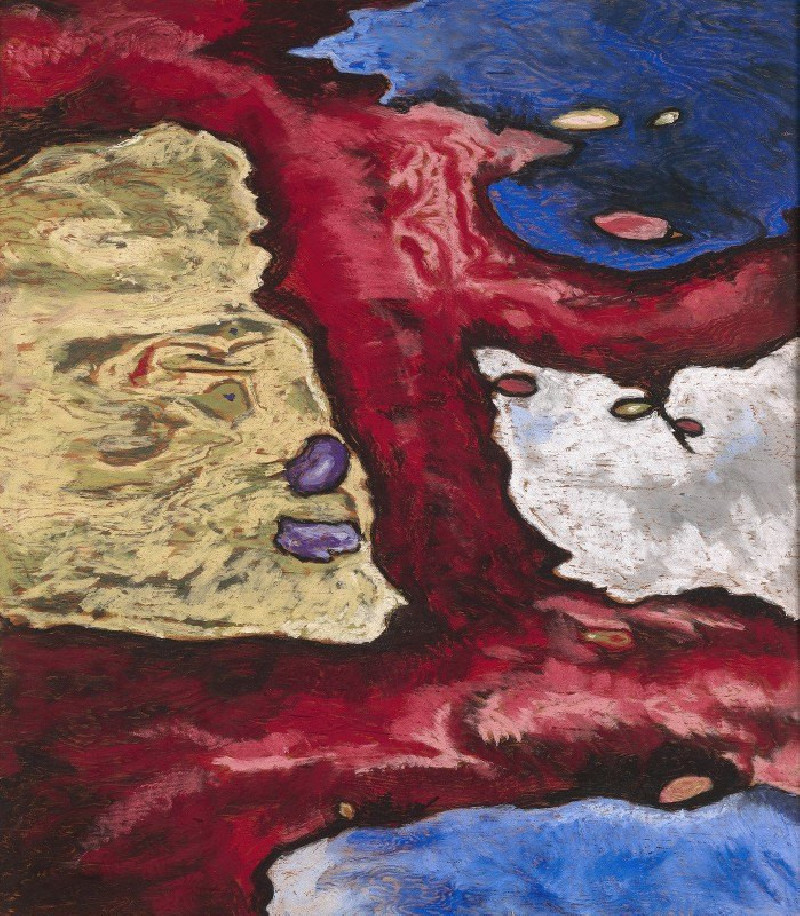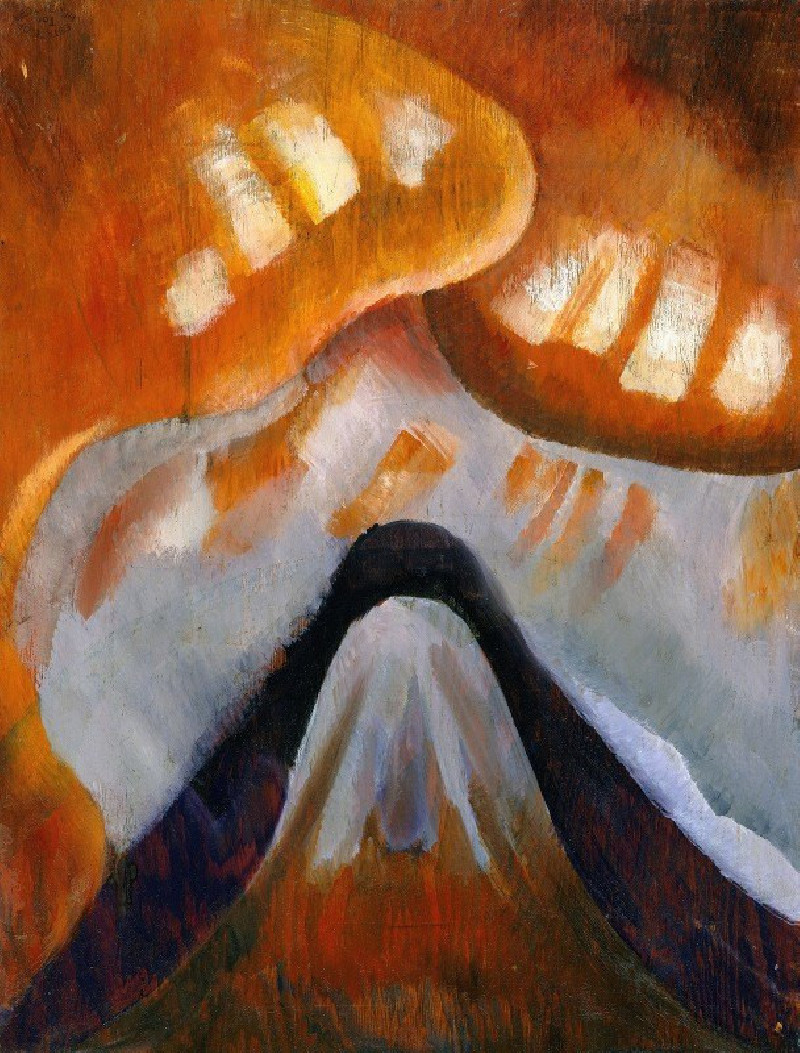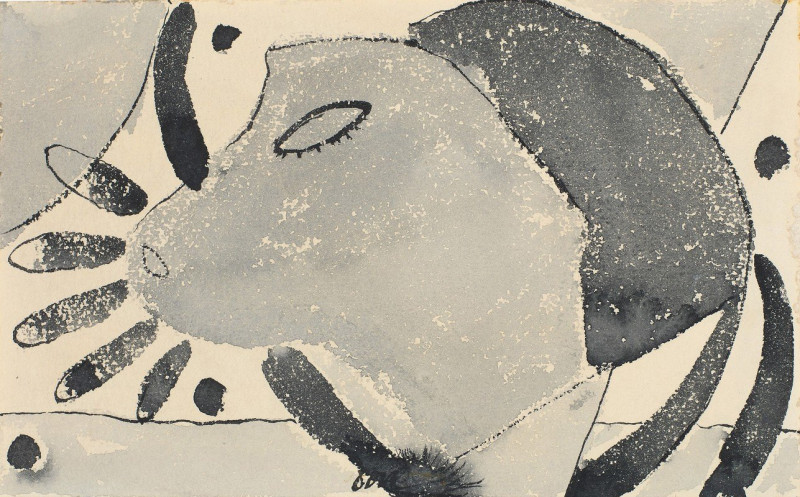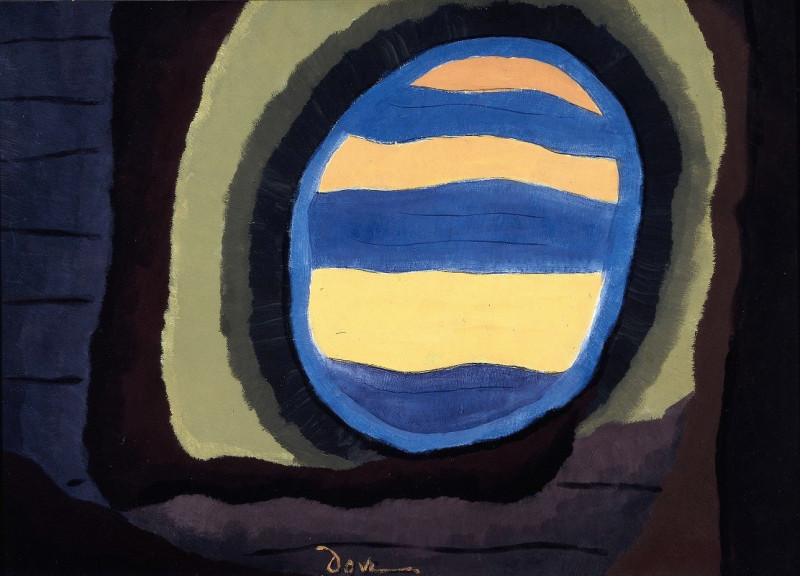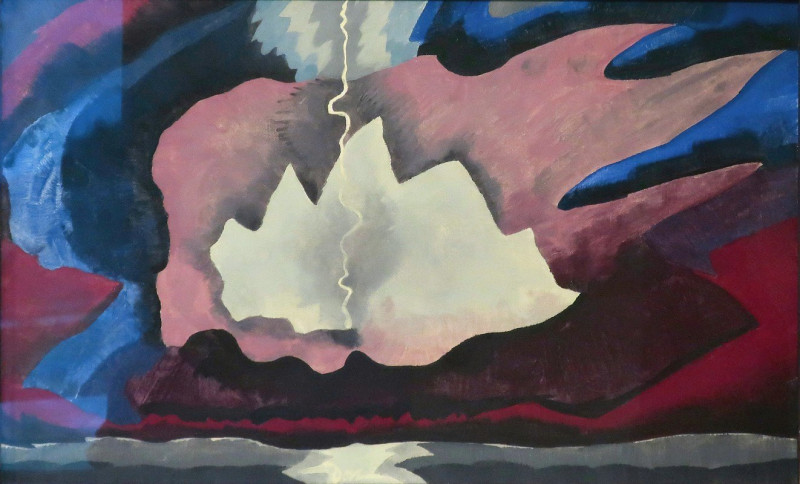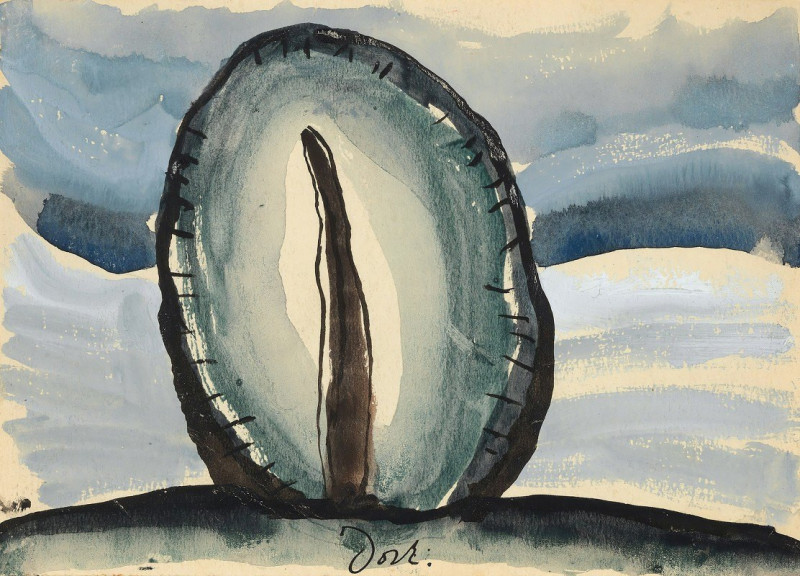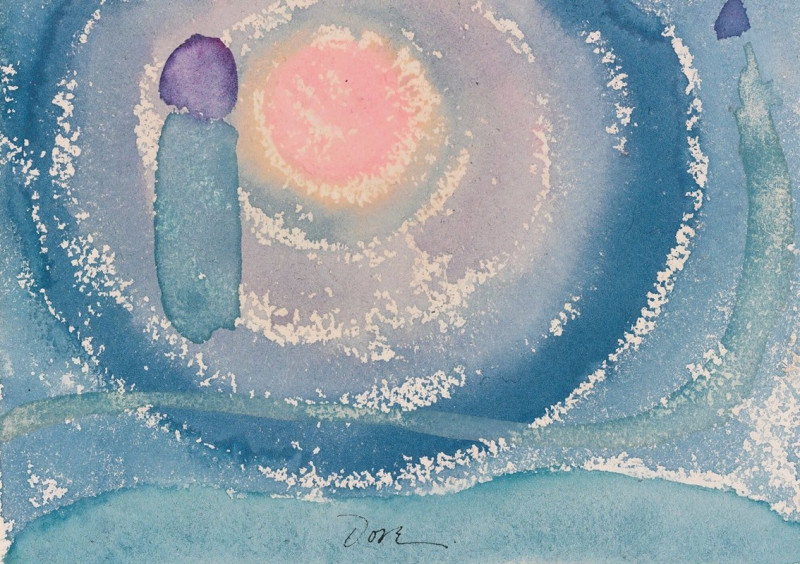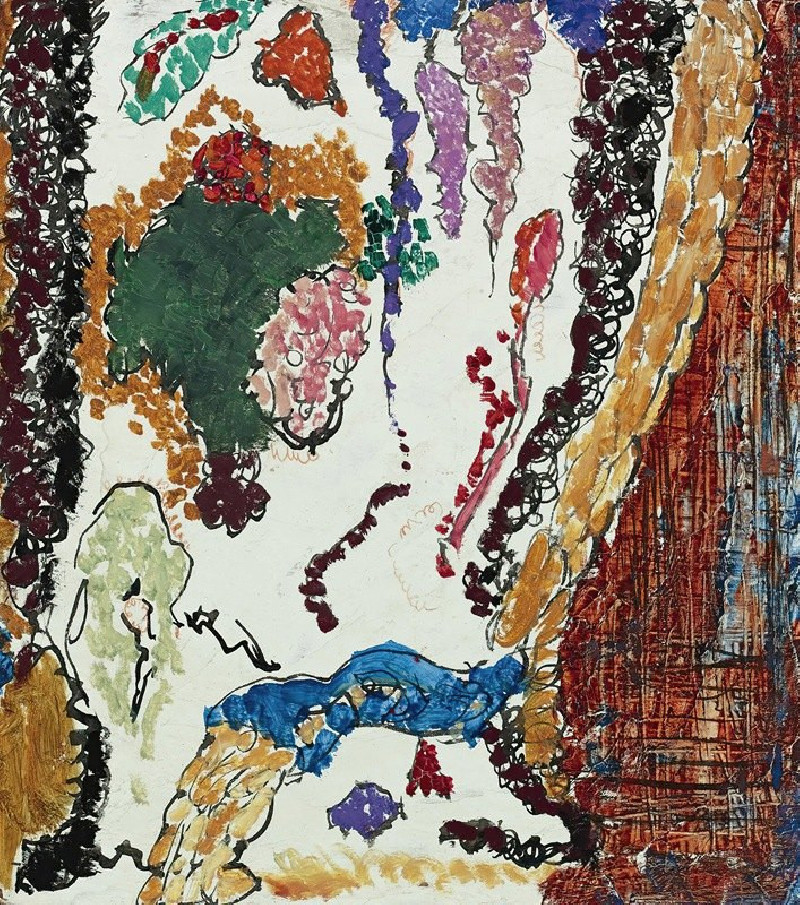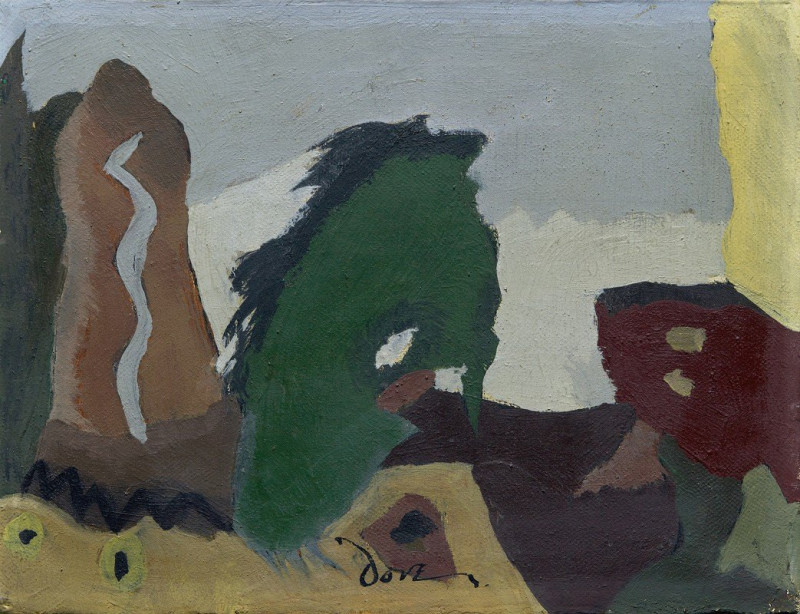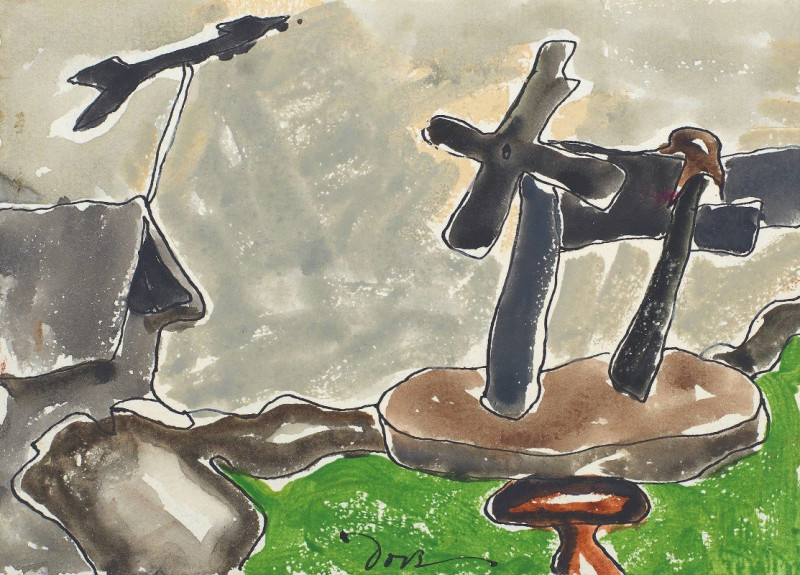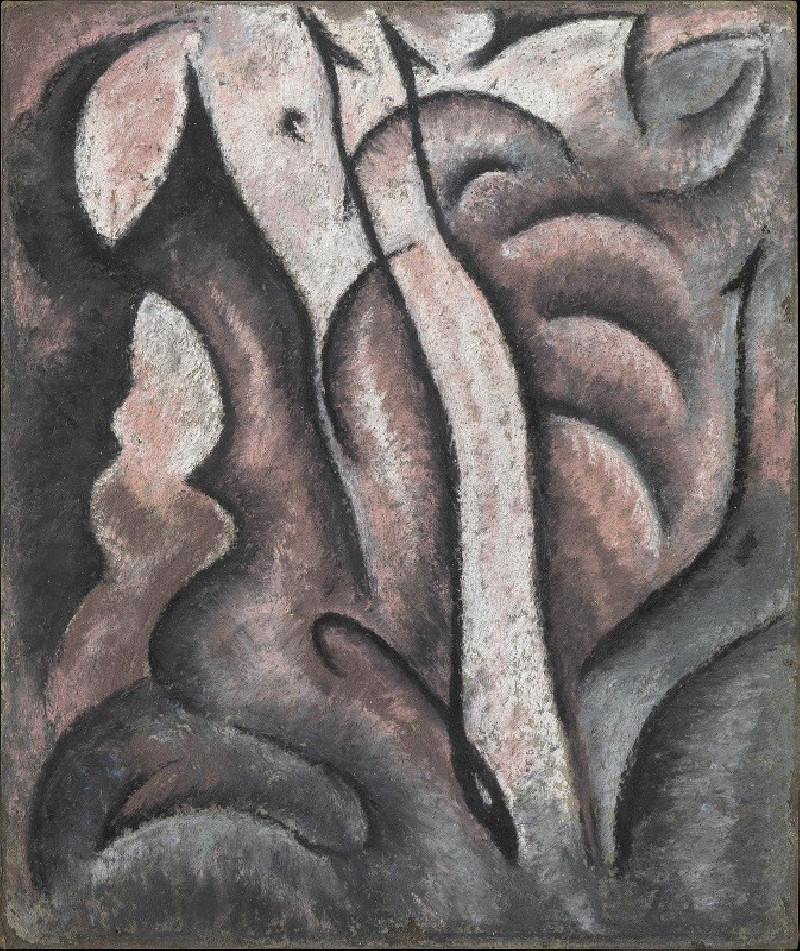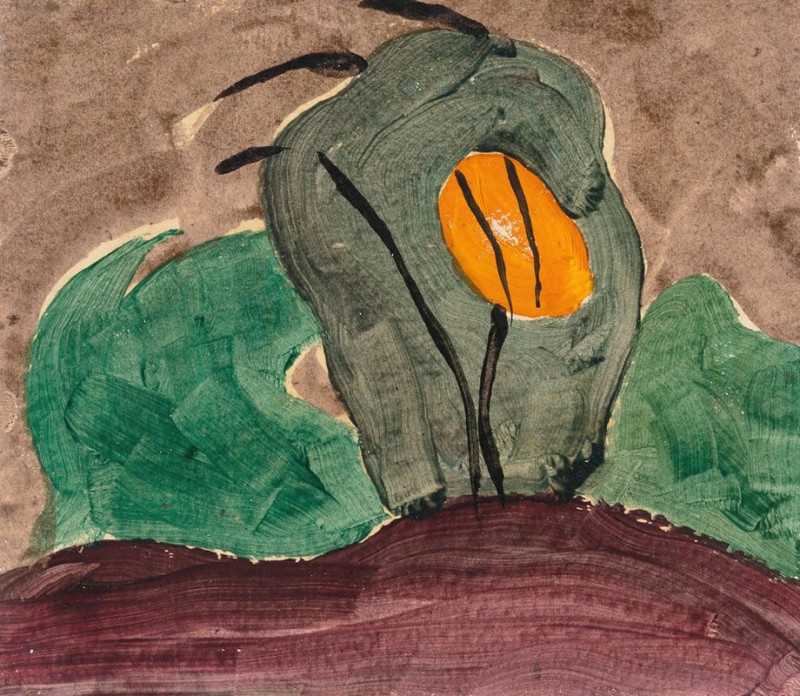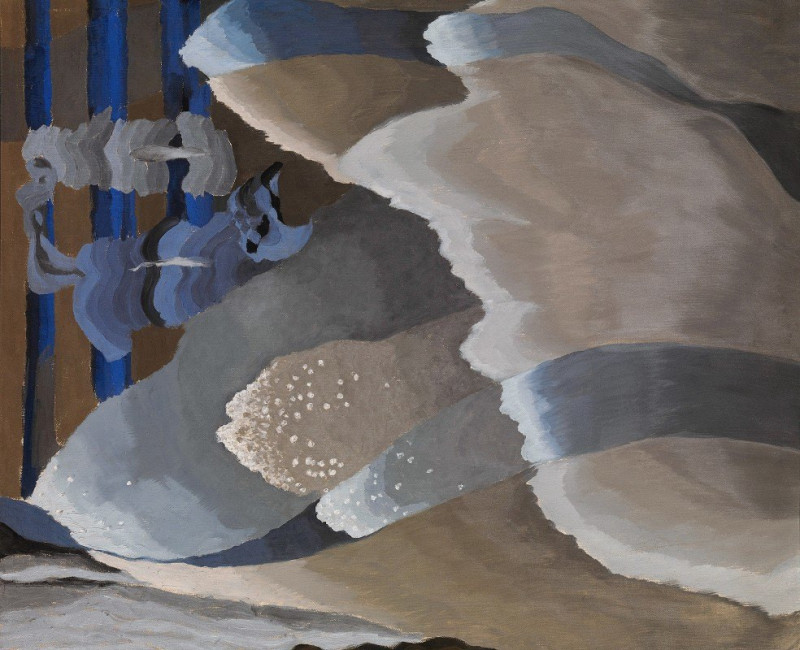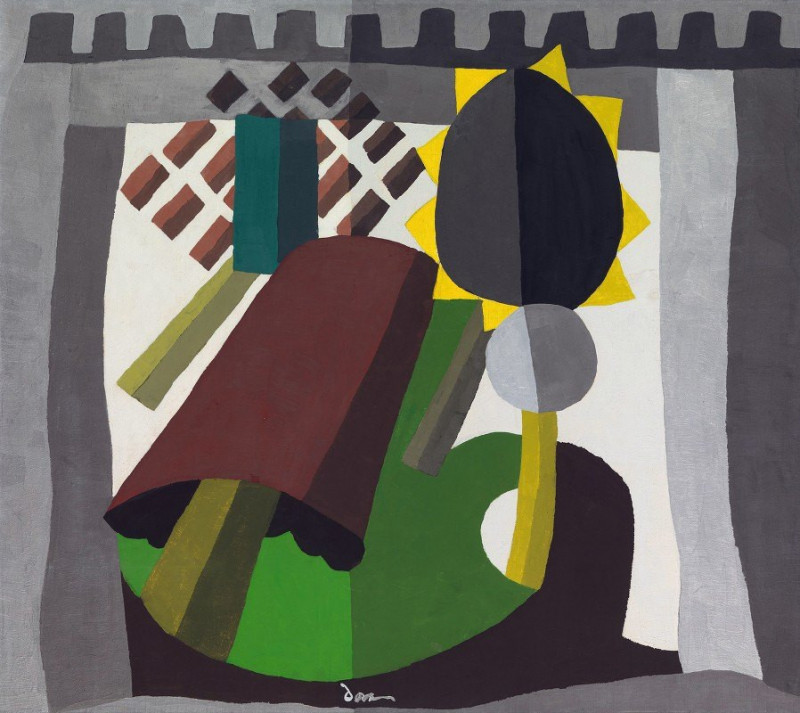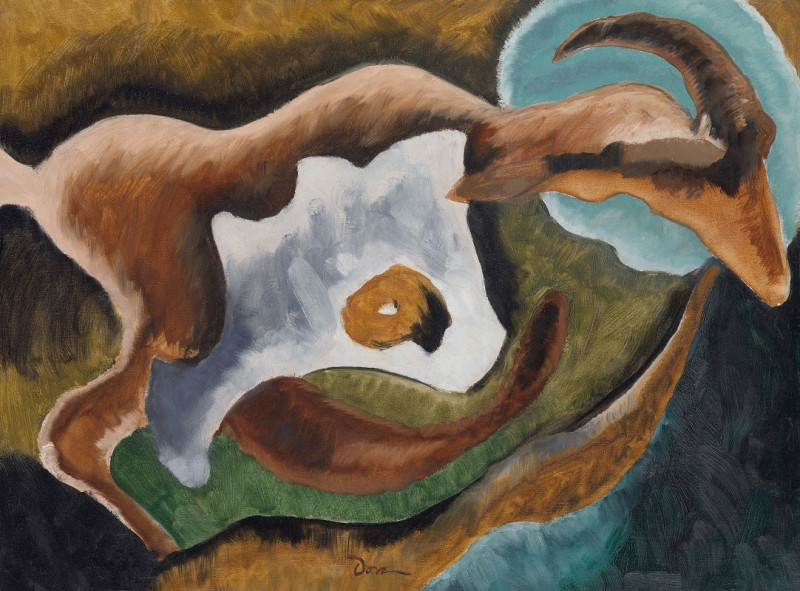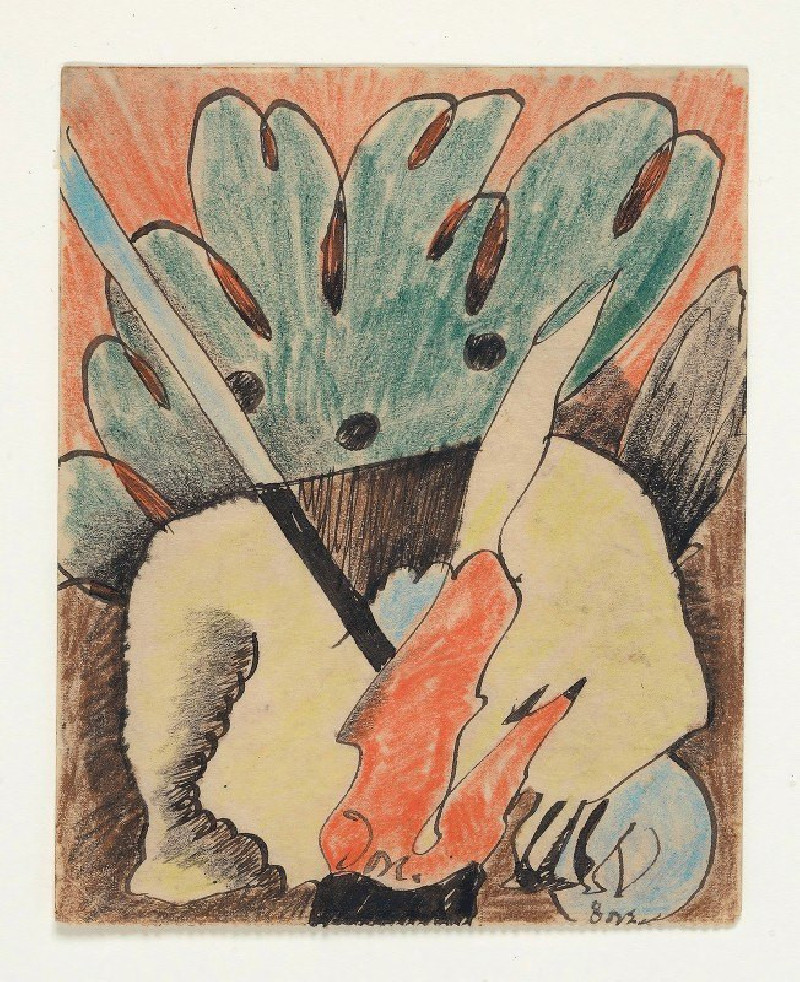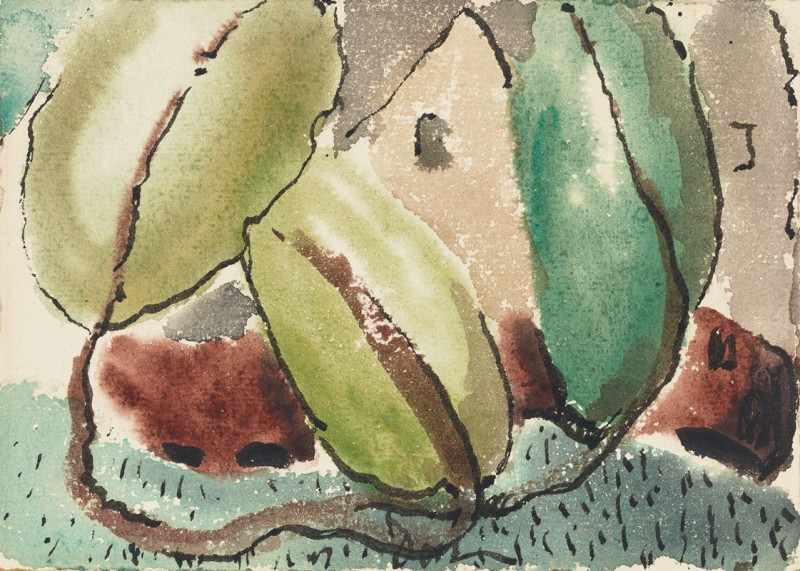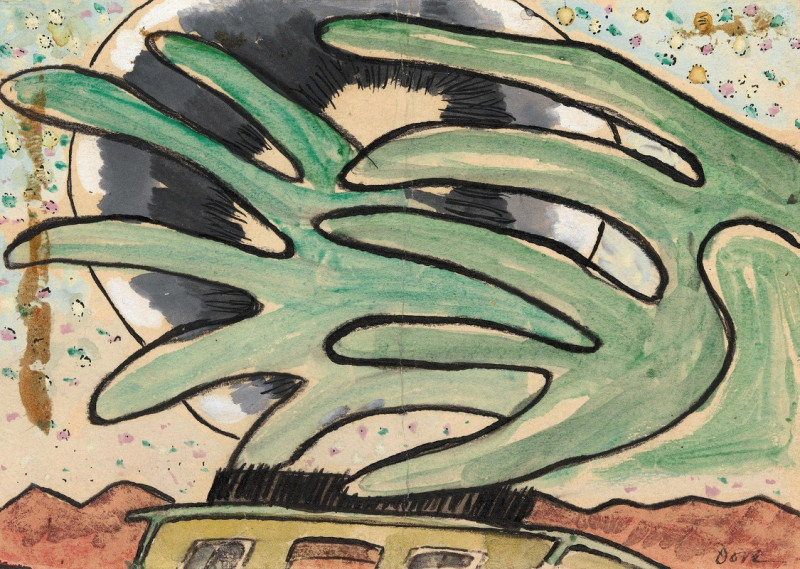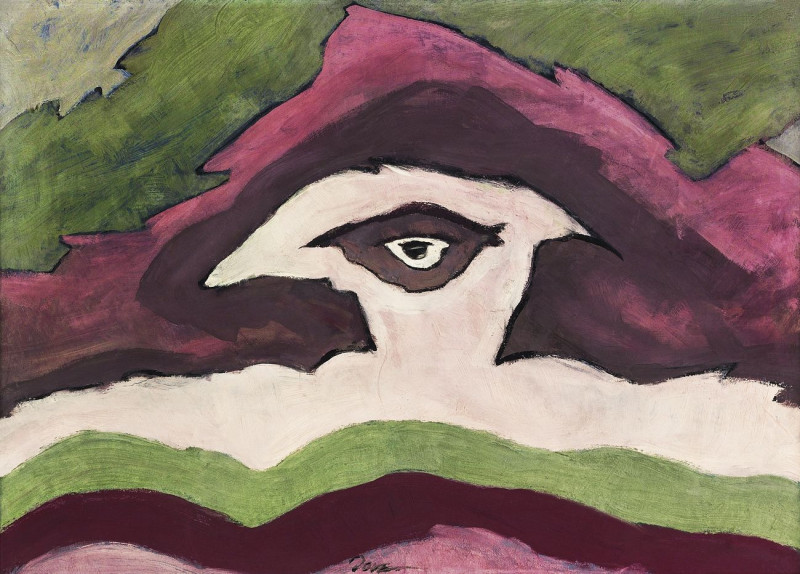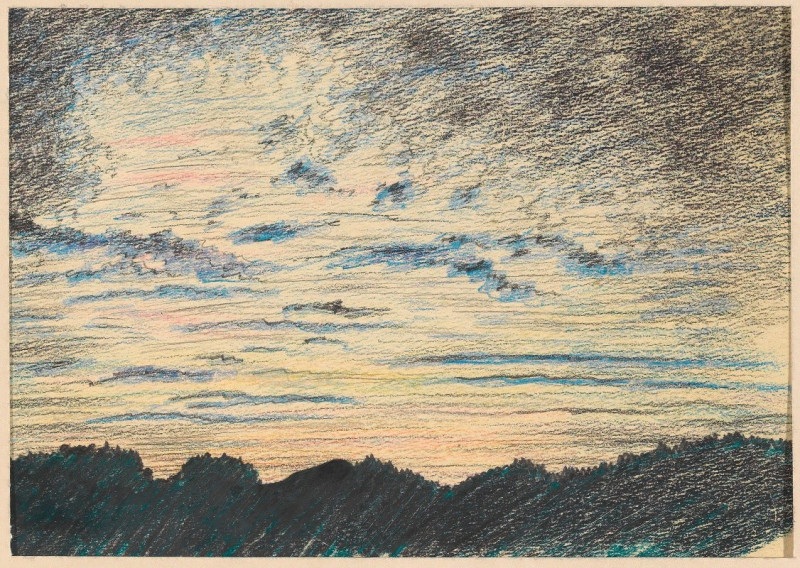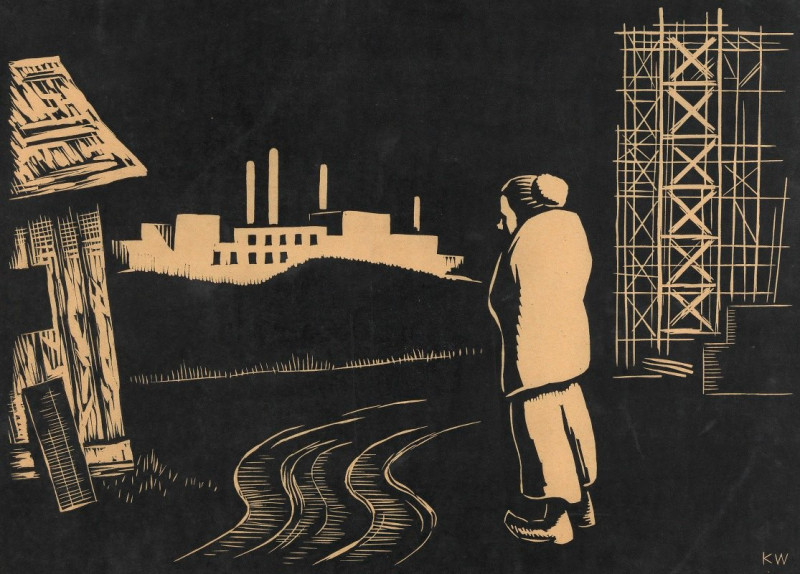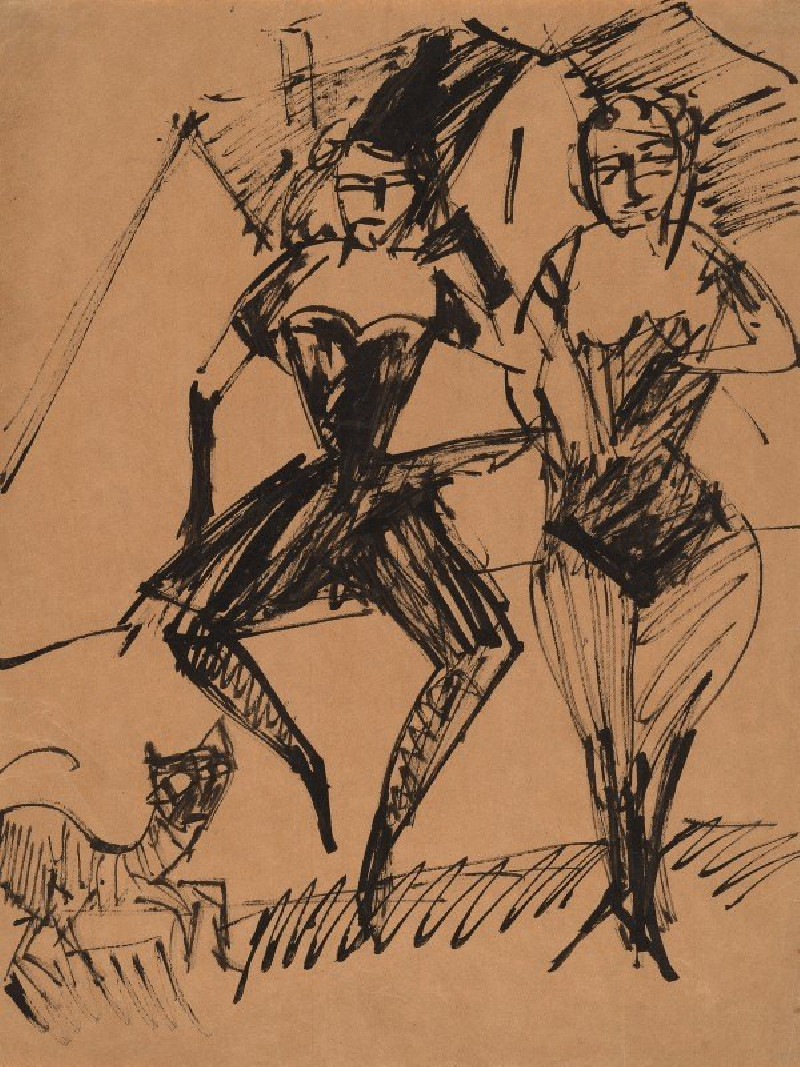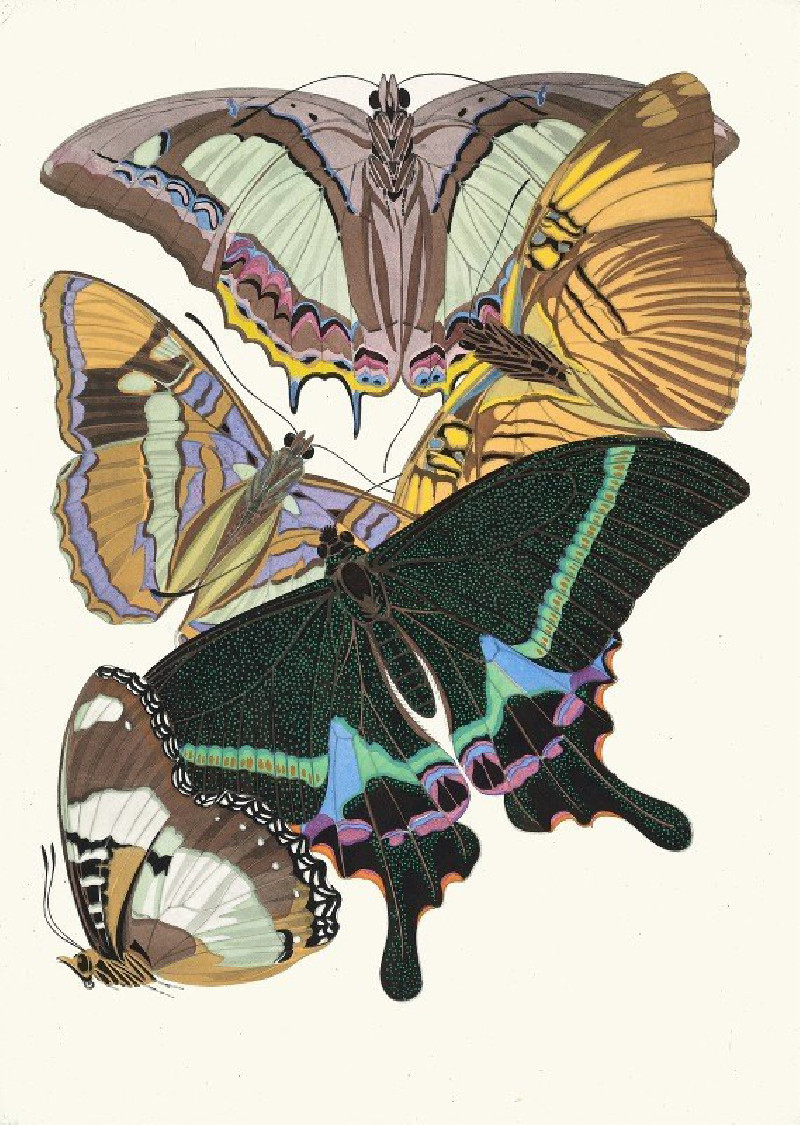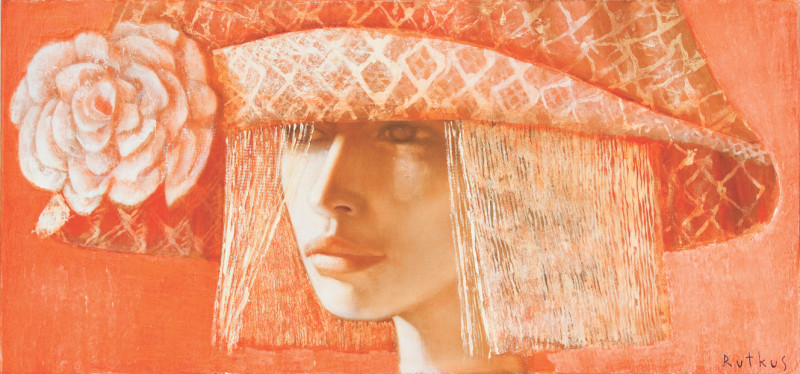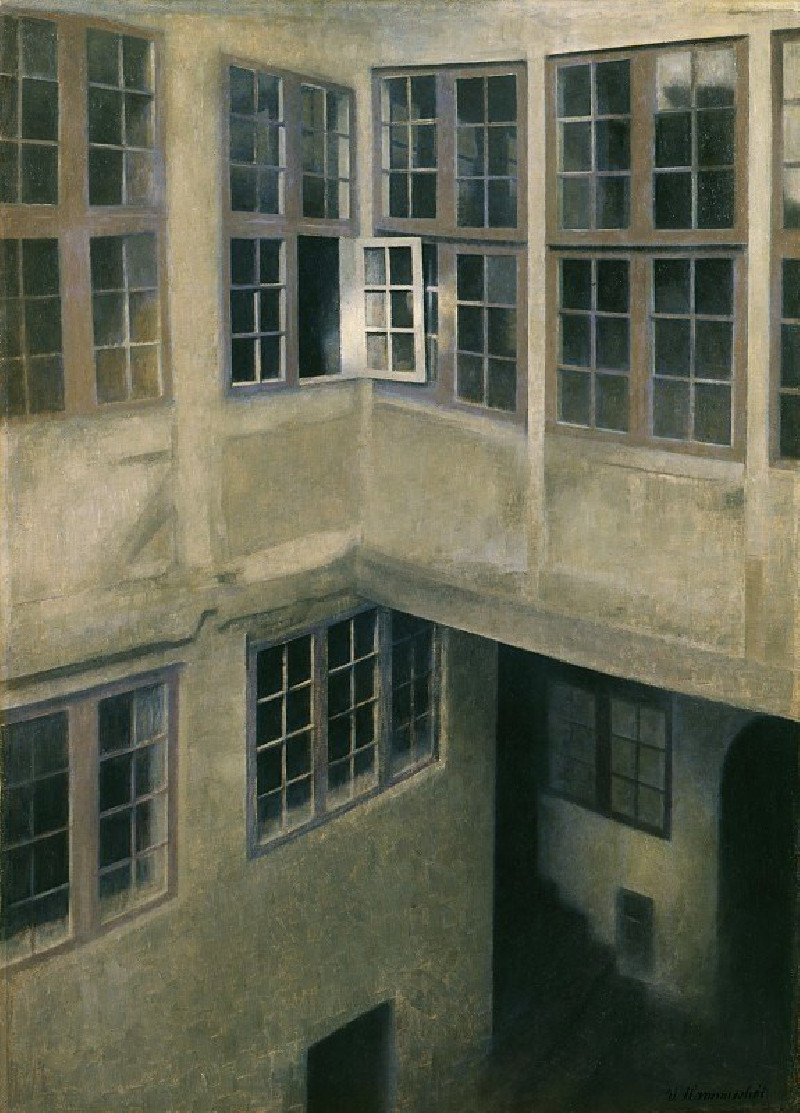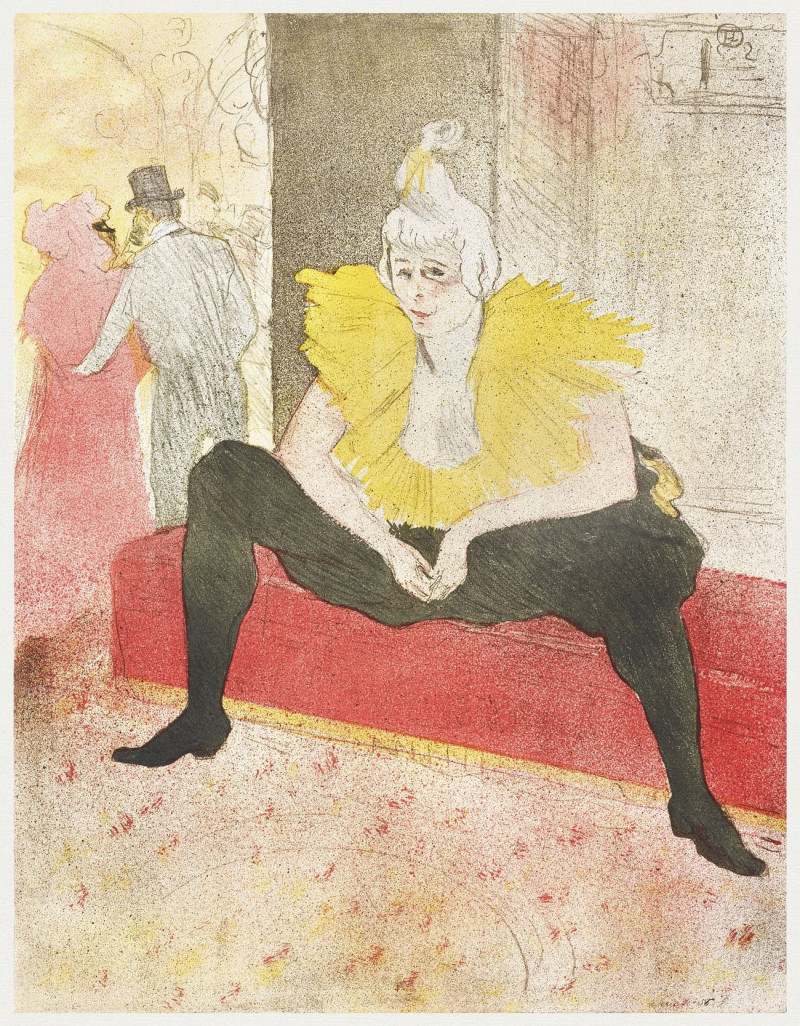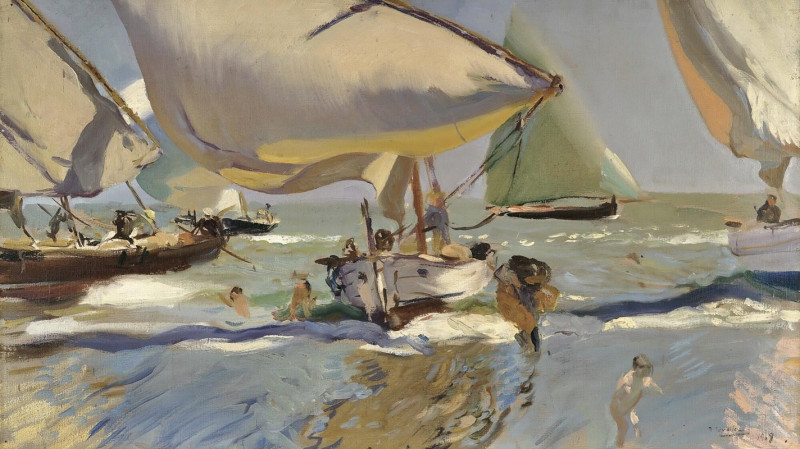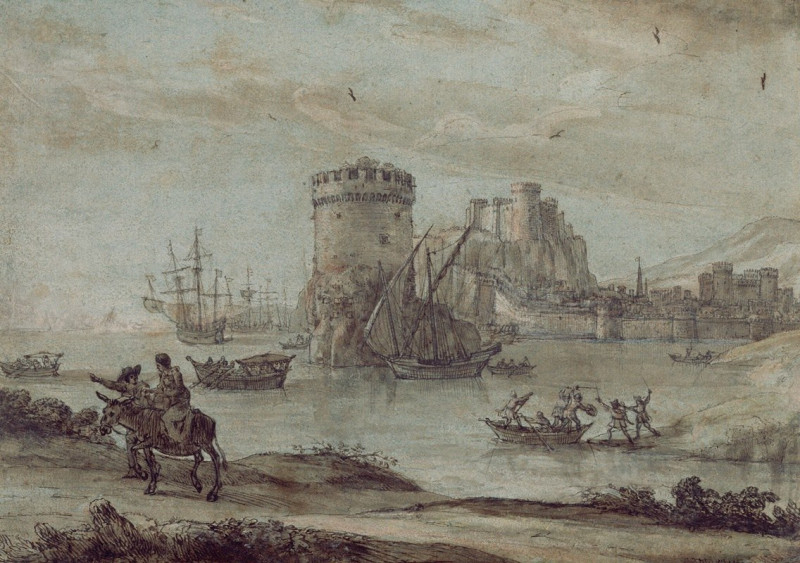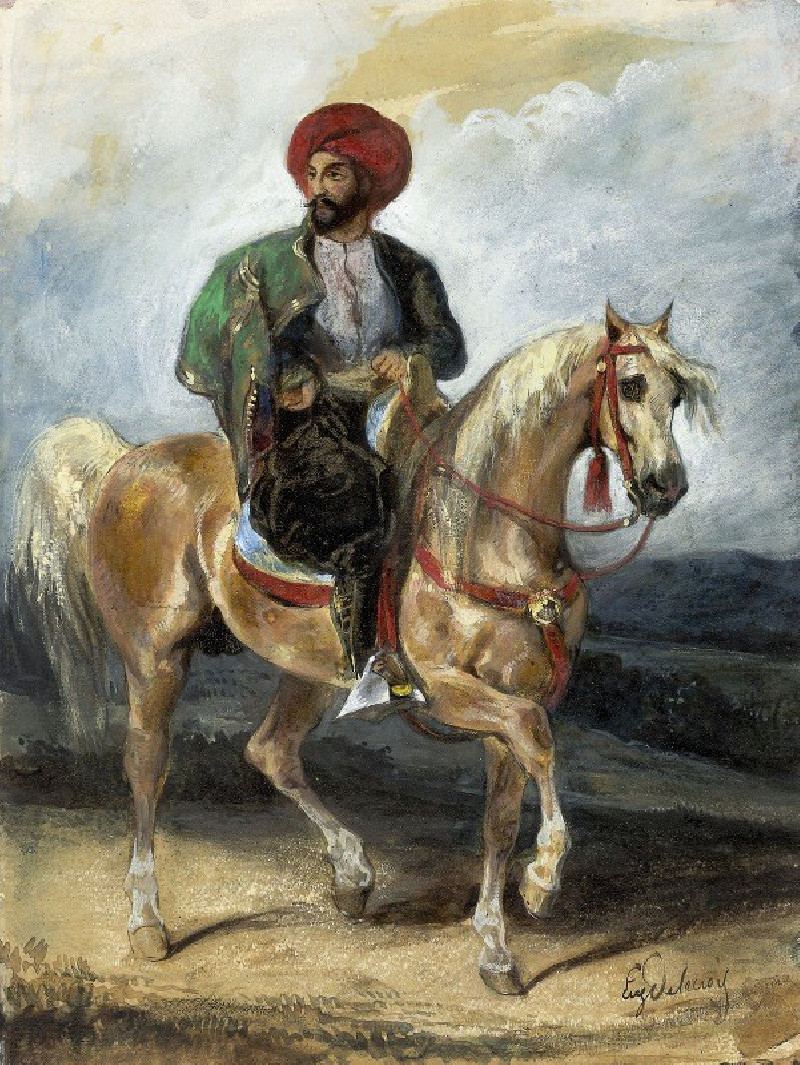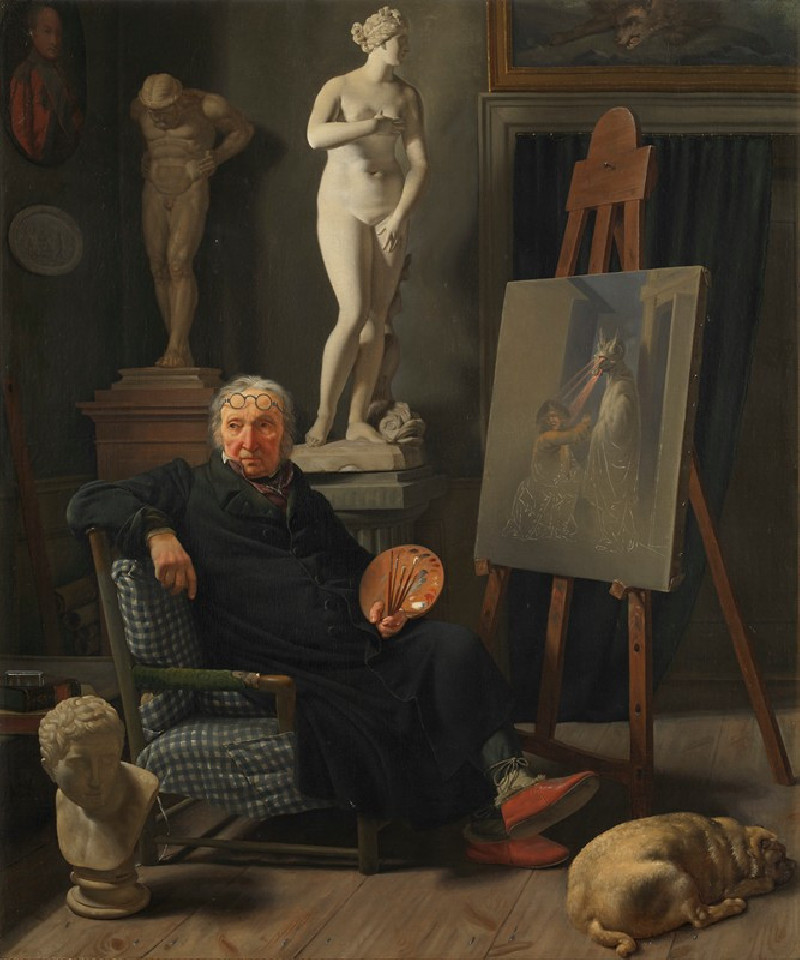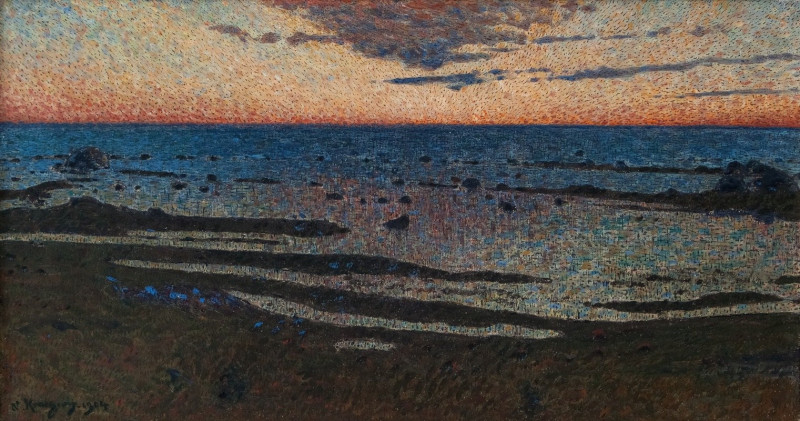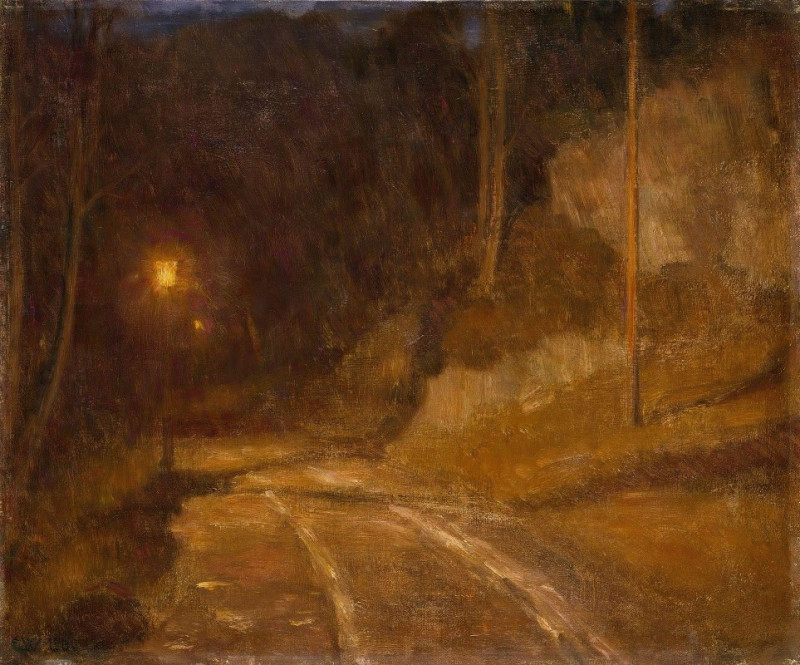Arthur Dove'S Sun Through Tree I
Technique: Giclée quality print
Recommended by our customers
More about this artwork
"Sun Through Tree I" by Arthur Dove is an abstract painting that captures the essence of light and color as influenced by nature. The artwork beautifully illustrates Dove's characteristic style of emphasizing abstract forms to convey the energy and rhythm found in natural environments.At the center of the painting, there's a deep, dark silhouette that resembles a tree or plant form, almost eclipsing a striking orange shape on the right side. This orange element possibly represents the sun, filtered through the layered, organic shapes that dominate the scene, which we can interpret as leaves or branches. The colors around this central form—shades of green and deep blue—contribute to an earthy, foliage-like impression surrounding the vibrant sun.The background involves a textured, taupe wash that reinforces the natural theme and adds depth to the composition. Curved lines in the taupe area may suggest wind or movement, evoking a dynamic atmosphere that works well with the heavy, almost brooding forms in the foreground.Overall, Arthur Dove's piece uses abstract representation and a limited but powerful color palette to create an immersive moment of nature, focusing on how light interacts with natural forms to reveal the unseen and intangible aspects of the environment. The painting elicits the serenity and mysterious beauty of nature, while also demonstrating how abstract art can evoke emotional and sensory responses.
Delivery
Returns
Arthur Dove was a Modernist American artist well known for landscapes and abstract paintings. Dove produced commercial illustration works for magazines including Harper’s Magazine. After returning from Paris, Dove met Alfred Stieglitz who mentored him. During his life, he created a number of inventive and distinguishing artworks using stylize abstract forms, often representing nature including sunrise, trees, water, waterfall, and thunderstorm. Dove’s fame continued to grow after his death. He is said to influence the first generation of Abstract Expressionists, such as Jackson Pollock and Mark Rothko.

